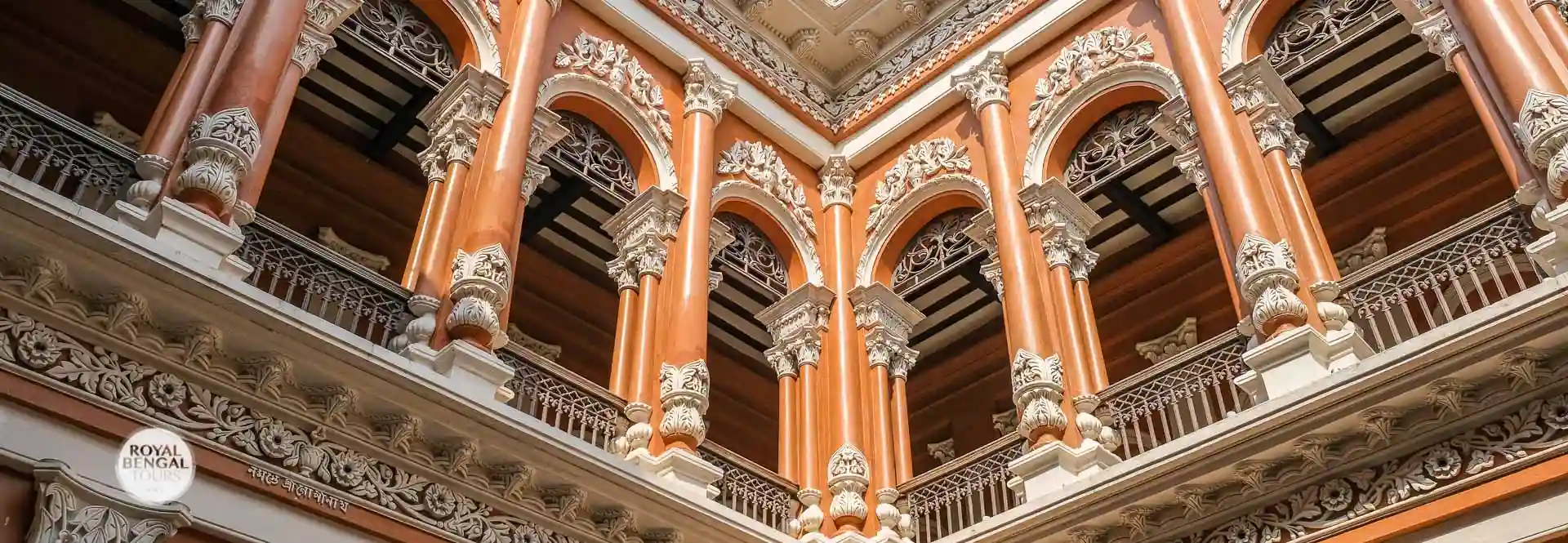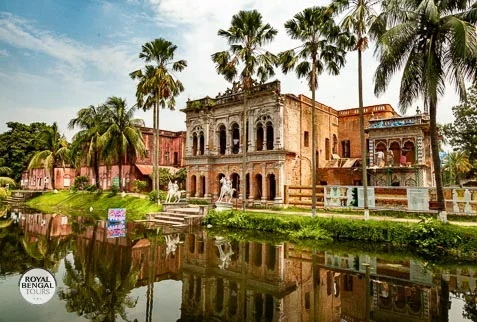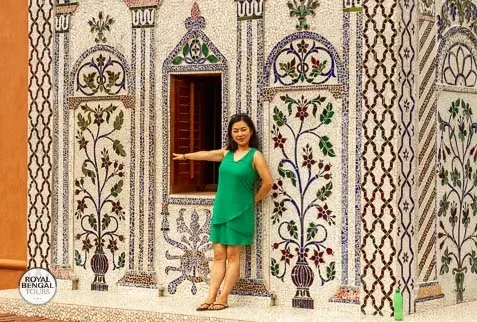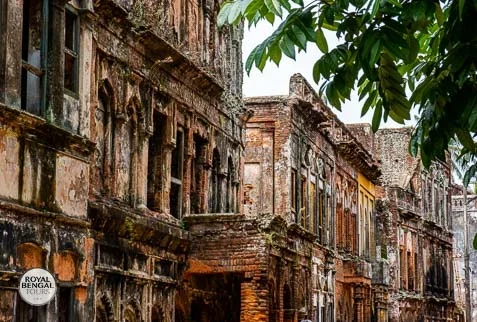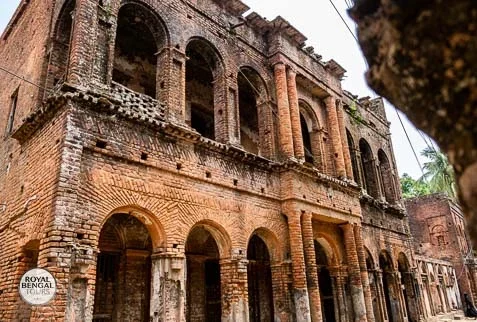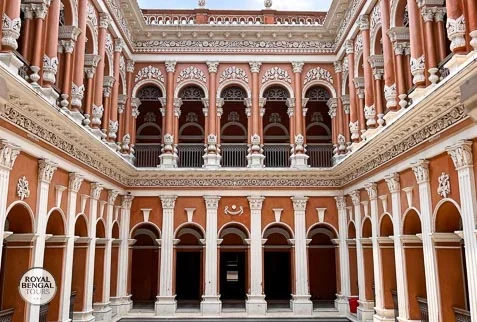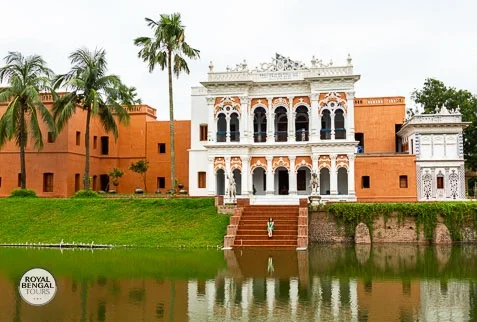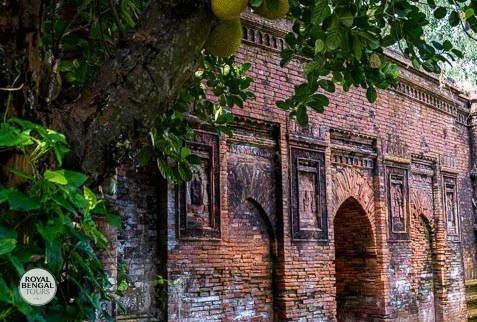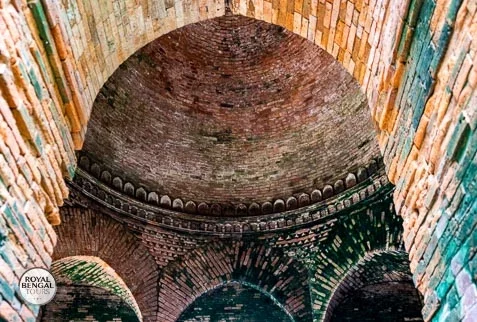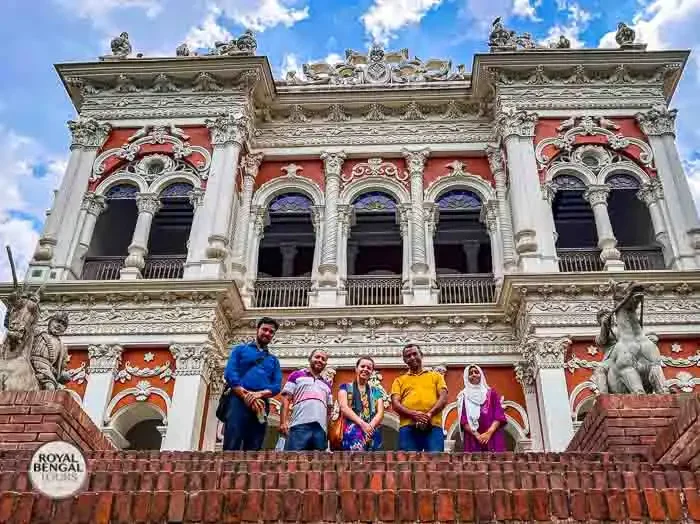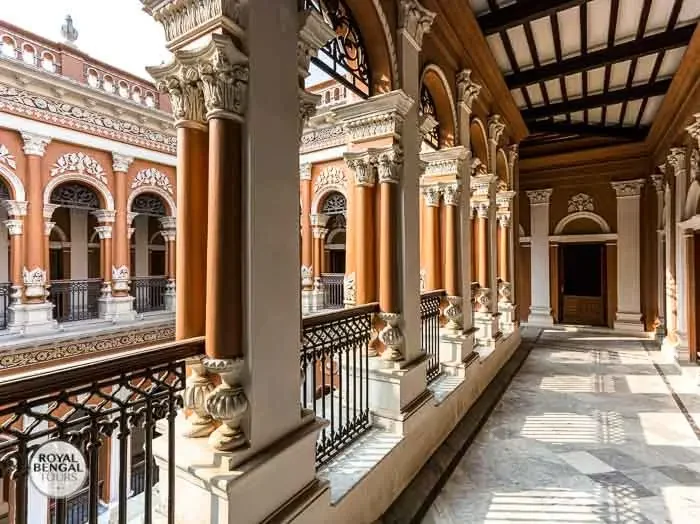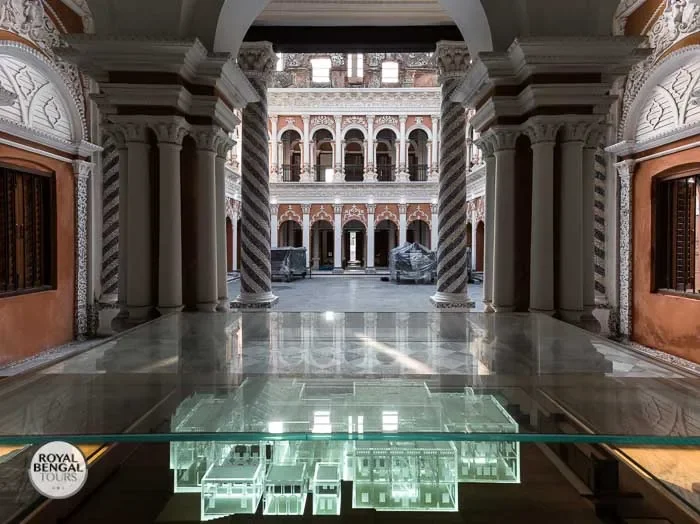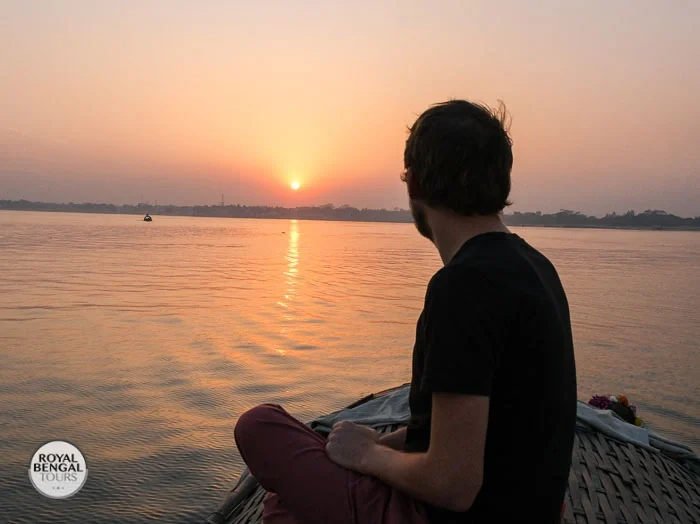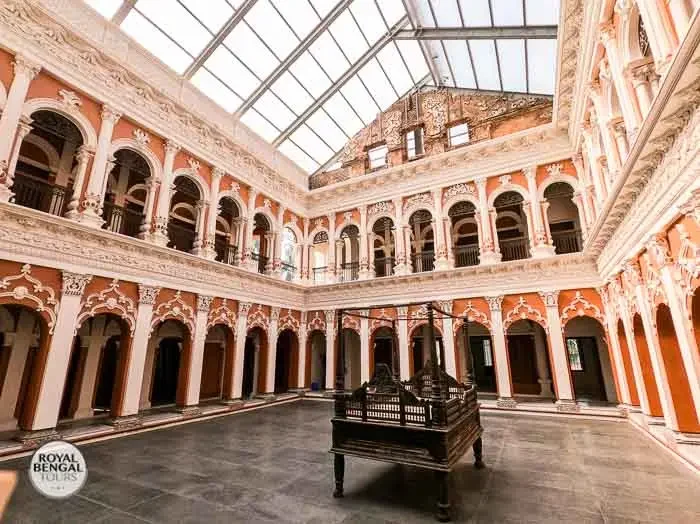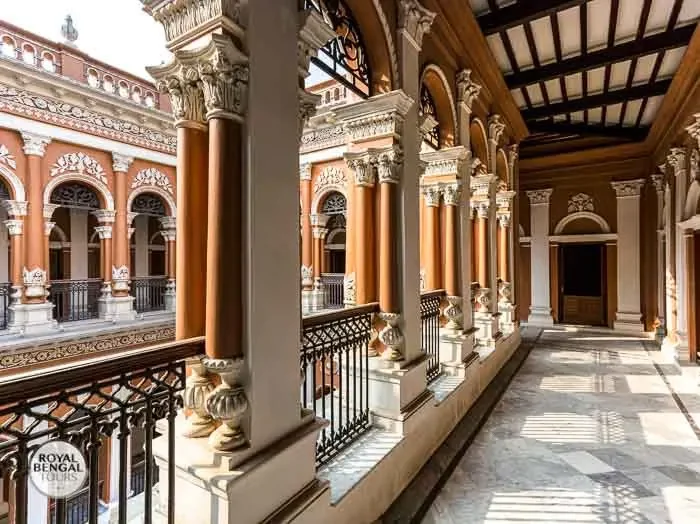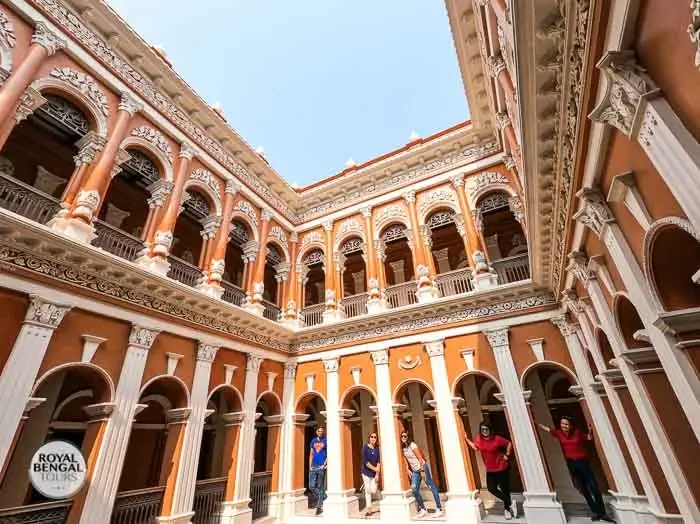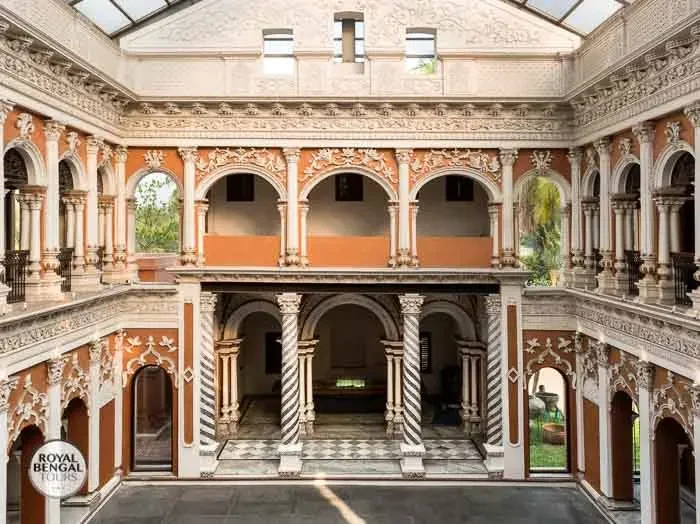Your cart is currently empty!
Sonargaon was the ending line for travelers making their way along the 2,500-kilometer Grand Trunk Road from Peshawar in the Hindu Kush. Sonargaon still has a few Mughal buildings, British colonial architecture, and the beautifully built colonial-style homes of Panam Nagar.
The remains of several Mughal monuments in this area include – the Panch Pir Mazar Shrine, Goaldi Mosque, Ibrahim’s and Abdul Hamid’s Mosque and the Sonakanda River Fort. And among the British colonial architecture conserved in Sonargaon includes the Ananda Mohan Poddar House and some other street-front palaces. Sonargaon was the ending line for travelers making their way along the 2,500-kilometer Grand Trunk Road from Peshawar in the Hindu Kush. Superbly built colonial-style residences of Panam Nagar, a prominent cloth trading center in the latter part of the 19th century, are under the protection of the Department of Archaeology.
Sonargaon, or more correctly Suvarnagrama, lies in a vast fertile region of lowland between the old course of Meghna, the Sitalakhya and the Dhaleswari rivers and about 30km north-eastern direction by Dhaka-Chittagong highway. The capital was established here by the first independent Sultan of Bengal, Fakhruddin Mubarak Shah (1338), and later Sultan Ghiyasuddin Azam Shah (1389 – 1409) continued his splendid court in Sonargaon.


